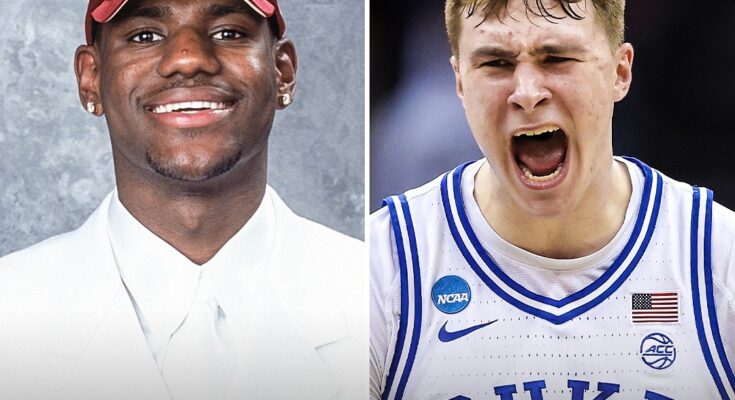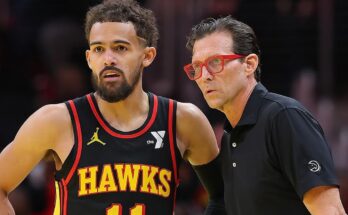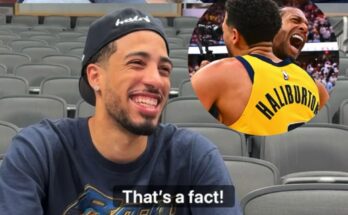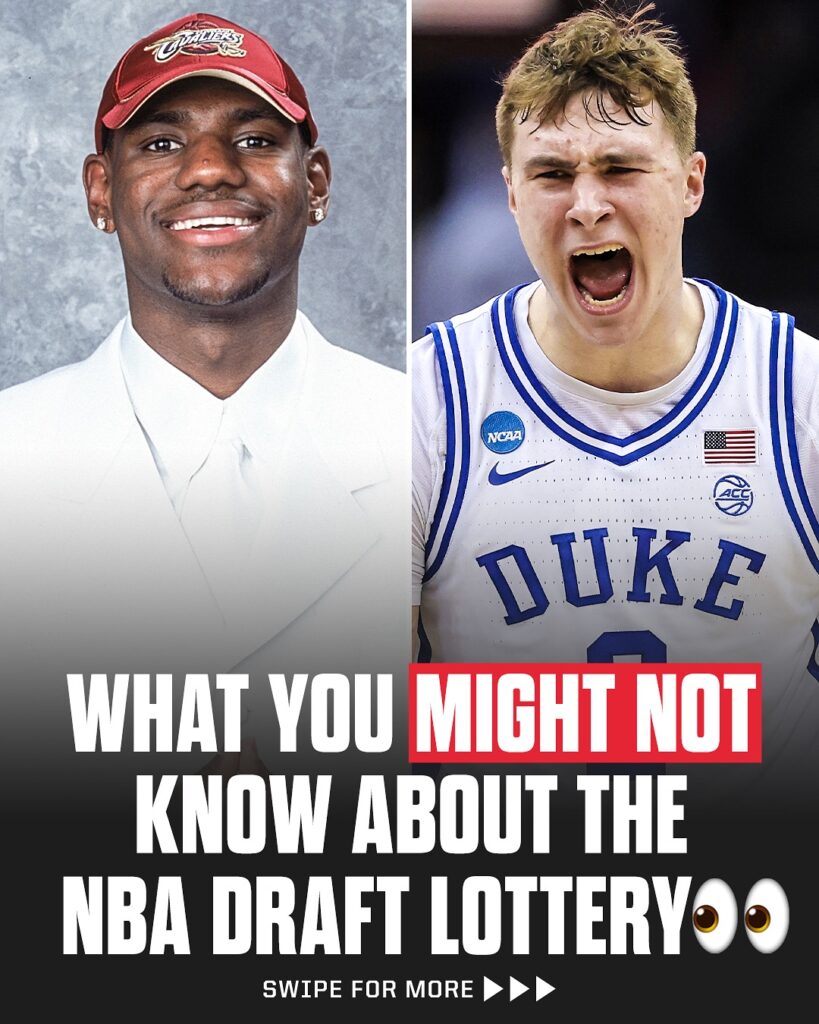
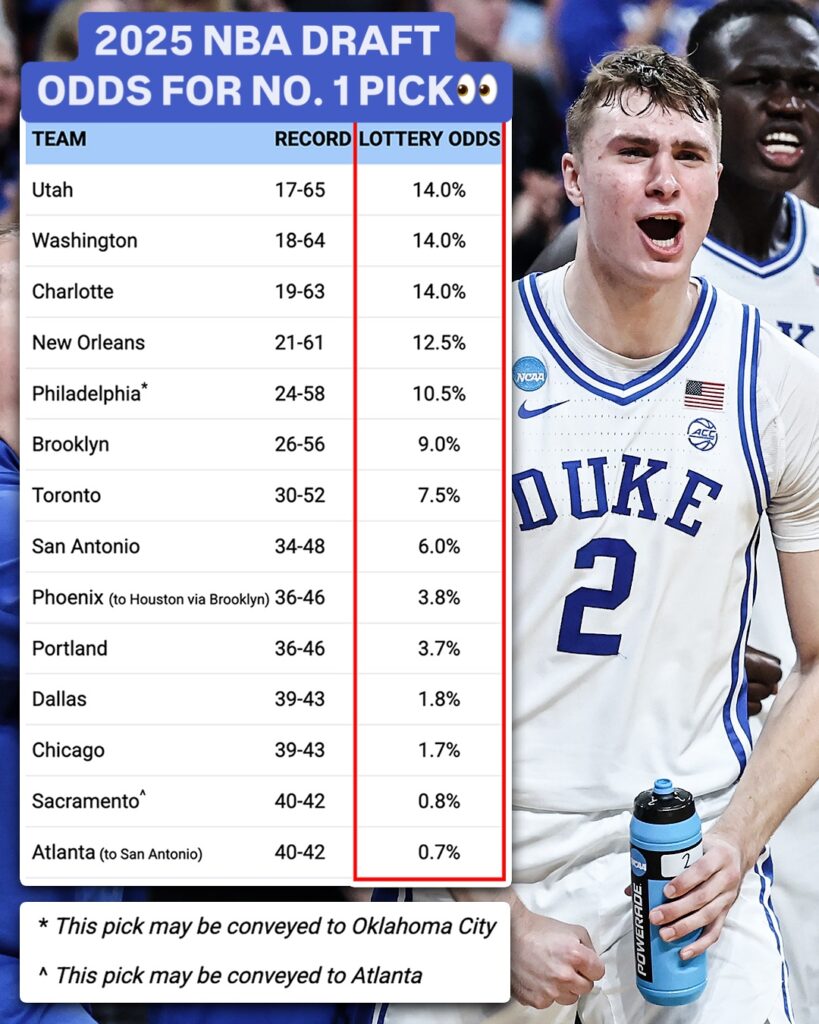
Every year, the NBA Draft Lottery brings drama, excitement, and high stakes to teams at the bottom of the standings. For some franchises, it represents the difference between a complete rebuild and a leap into contention. But how exactly does this process work? How does a team go from a poor record to potentially landing the No. 1 overall pick, a player who could change the future of their franchise? Let’s take a deep dive into the NBA’s Draft Lottery process — and trust us, it’s a lot more complex than it might seem.
The Odds and Teams Involved
The NBA Draft Lottery is designed to give the teams with the worst records the best odds of securing the top picks. As of the current system, the bottom three teams in the standings all share the same odds (14%) of getting the No. 1 pick. These teams are typically the ones that finished with the worst records in the league, though there are exceptions based on various factors like trades and other outcomes.
In total, 14 teams are involved in the lottery, and those teams are selected based on their regular-season records. The three teams with the worst records have an equal shot, but the teams ranked 4th through 14th will have progressively lower chances. For example, the team with the 4th-worst record has only a 12.5% chance of landing the top pick, while the team with the 14th-worst record is given just a 0.5% shot.
The Lottery Drawing: How It’s Done
So, what happens when it’s time to draw the winning teams? Here’s where things get interesting.
The NBA Draft Lottery uses a system involving 14 ping-pong balls numbered 1 through 14. These balls are randomly mixed in a lottery machine, and the first four balls drawn determine the top four picks. This process has been designed to ensure that the outcome is completely random and that no team can “control” the lottery by tanking, though the odds still heavily favor the worst-performing teams.
The drawing is conducted live on television, often with a great deal of anticipation. A representative from the accounting firm Ernst & Young (who oversees the integrity of the process) is present to ensure transparency. The balls are drawn, one by one, and the order is revealed in a suspense-filled broadcast that captivates NBA fans across the world.
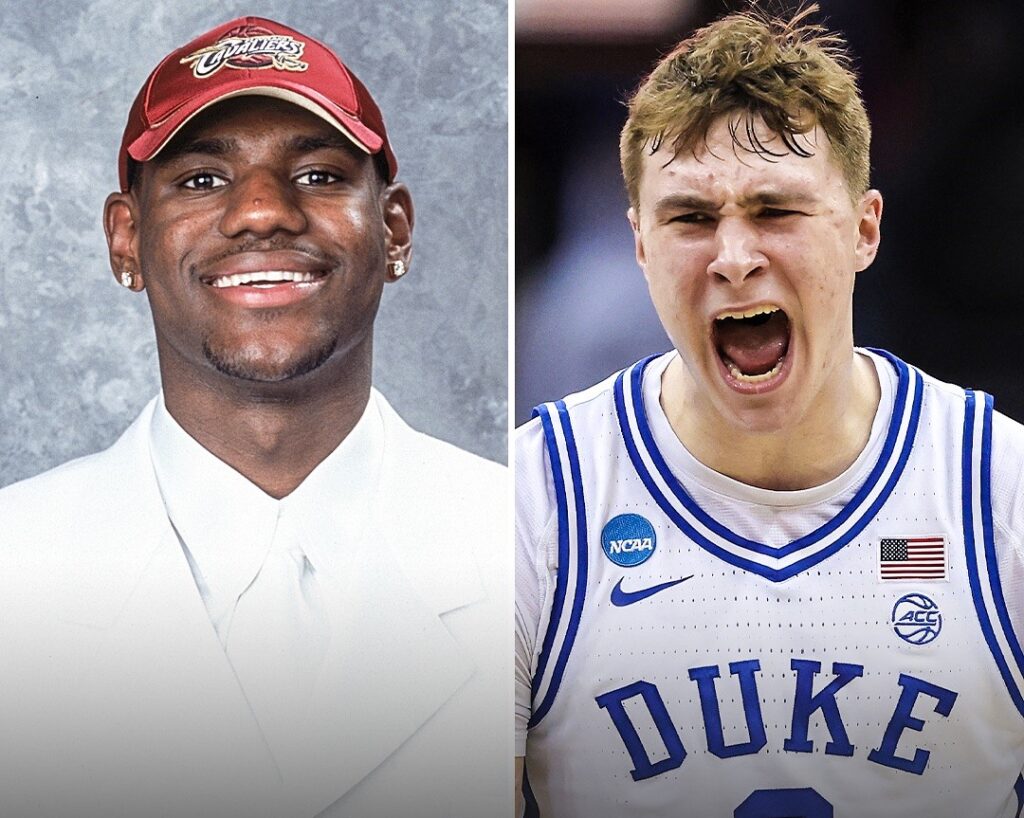
What Happens After the Lottery?
Once the top four picks have been drawn, the remaining teams’ selections are determined by their regular-season records. Teams that didn’t make the playoffs will fill in the spots, from 5th to 14th, based on their record. The remaining 16 playoff teams, meanwhile, will have their picks determined by how deep they go in the postseason. The later a team exits, the better their pick becomes.
After the lottery is over, teams can begin making plans for their future. Some franchises, especially those in rebuild mode, might start scouting players who could potentially be the future face of their franchise. Other teams may look to trade the pick for a veteran or make deals to improve their current roster, depending on their needs.
The Importance of the Lottery
The Draft Lottery can dramatically shape the future of a franchise. Teams like the Cleveland Cavaliers, New Orleans Pelicans, and Detroit Pistons have all experienced “lottery luck” in recent years, landing game-changing players like LeBron James, Zion Williamson, and Cade Cunningham, respectively. For a franchise that’s been struggling, securing the No. 1 pick can be the lifeline they need to build a competitive team.
At the same time, the lottery is unpredictable. A team with low odds might find itself moving up, while a team with the best chance might fall short of securing the top pick. That uncertainty is part of the fun.
(SWIPE ➡️ for a breakdown of the teams with the best chances, the top prospects to watch, and how each team could benefit from a high pick!)
